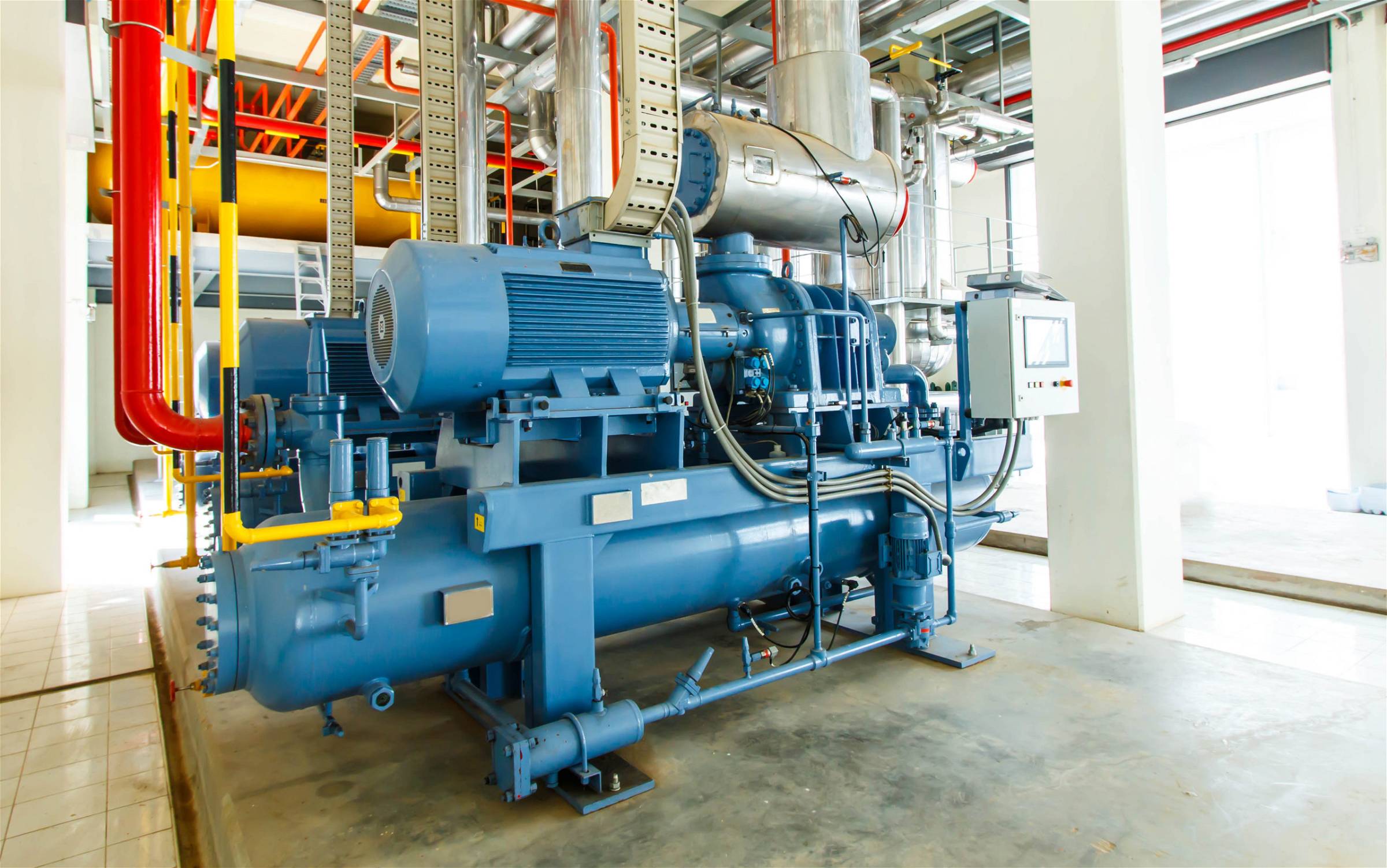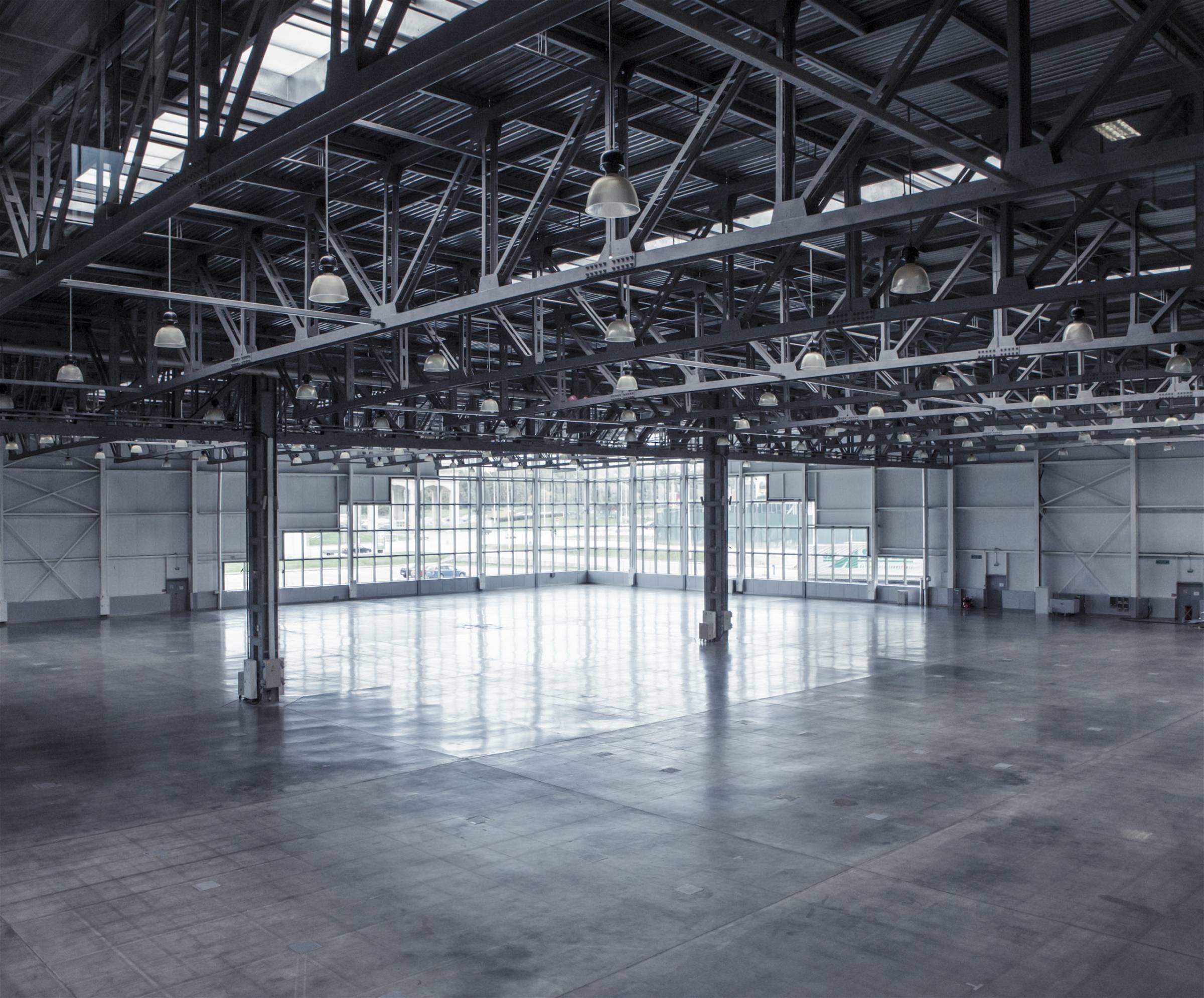How can we help you?
Please contact us if you have questions about our products, the web shop or just need general advice. We are here to help!
The air caster consists of a rubber or plastic torus (bladder), which is the active part. And a metal backplate that enables the air inlet and makes it suitable for mounting. When compressed air (1 – 4 bar) is applied, the rubber torus (bladder) will fill up, pick up the load from the floor and ultimately make it hover. The very thin air film that is created, reduces the friction coefficient between 0,001 and 0,005. Depending on the surface. This means that a load of 1.000 kg can be moved by pushing force of just 1 – 5 kg!
The air caster in an idle state. The force is distributed through the air caster's structure to the floor.
Compressed air fills up the rubber torus and the air chamber. The air caster lifts the load from the floor.
The remaining air flows underneath the torus, it creates a thin air film and makes the air caster hover above the floor.
The main requirements for air casters to work properly are; a suitable floor and sufficient air.

The air supply system needs to produce enough flow against sufficient pressure in order to run the system properly. Air consumption numbers can be found in the specification section on the product pages. Total capacity of the air system is a result of compressor and air buffer tank(s). The air quality needs to be as clean and dry as possible. The air caster system is an open system so liquids and debris will eventually come out. When the air supply system doesn’t meet these requirements it will result in higher wear or malfunction.

The floor needs to be sufficiently airtight, smooth and level. Failing one of these criteria will result in excessive wear of the Air Casters or impact the safety of the system. When your floor doesn’t meet these requirements you can improve the floor by permanently filling gaps and applying an impregnating liquid or coating to make it more airtight and smooth. Or you can temporarily lay down sheets of plastic or metal for the movement. Most of our customers have a concrete floor with a smooth trowelled finish with no big gaps or cracks. This will work perfectly! If the floor isn’t level enough you need to make sure that you have sufficient manpower or motorized equipment to keep the object from drifting away. Above 4 tonnes we would recommend to use power drives to control the load.